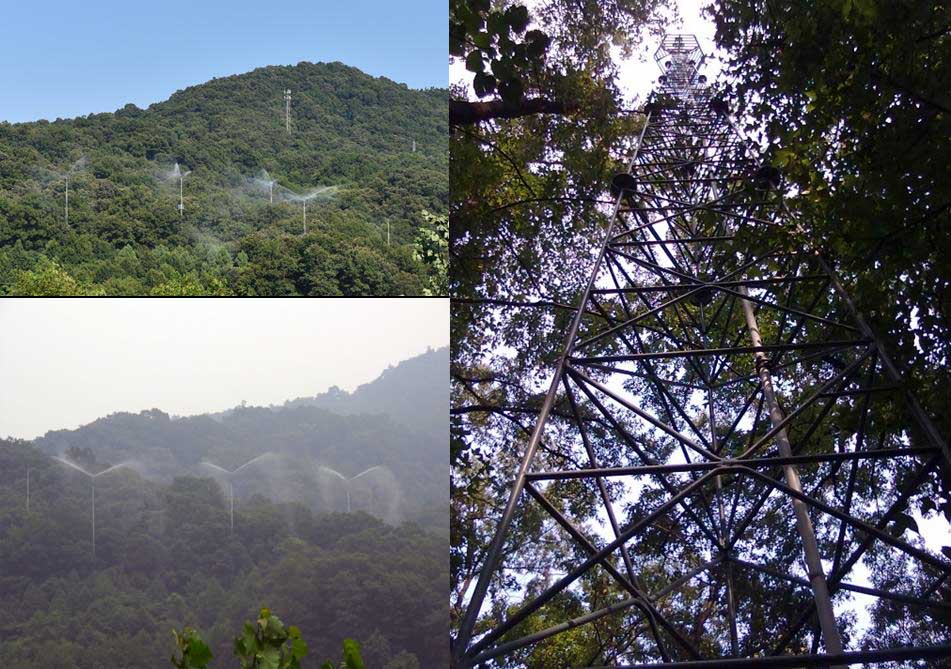

Dabie Mountain Forest Ecosystem National Observation and Research Station (hereinafter referred to as the Station) supported by Henan University was approved to construct for a higher level upon the notification of the Ministry of Science and Technology (MST) of PRC on December 29.
Based on the composition and function of the forest ecosystem and its response and feedback to environmental evolution, long-term fixed-point observation, scientific research, technology demonstration, and scientific and technological services of the Station have been carried out in multiple aspects, such as the restoration of degraded evergreen and deciduous broad-leaved mixed forests, the protection of biodiversity and the utilization of biological resources, the dynamics of species diffusion in the vegetation interlaced area, the ecological geography of the Huaihe River basin and the sustainable development of regional socio-economic development, etc. In order to conduct high-quality research and services, the Station integrates multiple disciplines including ecology, geography, biology, and environmental science. At the same time, in the cause of conducting a comprehensive study on the evergreen and deciduous broad-leaved mixed forest ecosystem in the area of Dabie Mountain, its major research object, the observatory comprehensively exercises a variety of observation and research methods, including field control experiments, remote sensing aided by satellites and unmanned aerial vehicles, and ground surveys, etc., giving full play to the technical advantages of "space-air-ground" three-dimensional simultaneous observation research.
At present, among the 66 regular scientific researchers working at the station, 2 are young scientists funded by the National Science Fund for Distinguished Young Scholars, 6 are high-level talents funded by the Chinese Academy of Sciences and other programs, and 2 have long-term experience served as the head of National Observatory. Devoting themselves to scientific research, researchers working in the Station have published 96 papers in international journals such as Nature Communications and have been undertaking more than 30 national, provincial and ministerial projects. All these achievements are inseparable from complete scientific research and living conditions in the observatory, including a total scientific research space of 1800 square meters, 30 million yuan worth of scientific research equipments, and a number of large-scale scientific research facilities, for example, the digital monitoring platforms, the large-scale walk-in biotron, the experimental facilities of simulated nitrogen deposition and precipitation with artificial forest canopies, and the hydrological runoff field, etc.
The establishment of the Station will effectively promote the construction of HENU’s “Double First-Class Initiative” and the development of disciplines such as ecology, environmental science and geography, and also accelerate the revitalization and development of the old revolutionary base areas in Dabie Mountain. In addition, the station is not only of great significance for improving China’s strategy for fully monitoring the zonal vegetation in the north-south transitional Qinling Mountains-Dabie Mountain (Huaihe River) region, but also for strengthening the protection of regional biodiversity and the construction of ecological barriers, and ensuring the health of the river basin ecosystem and, more importantly, food security.

 News /
Content
News /
Content


